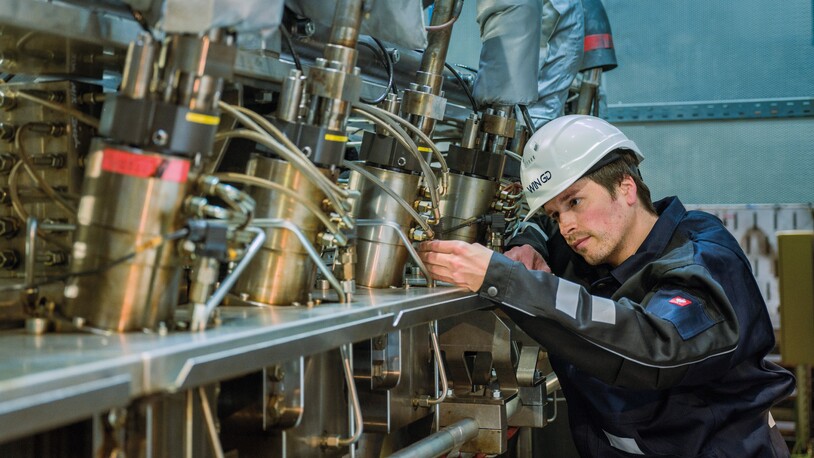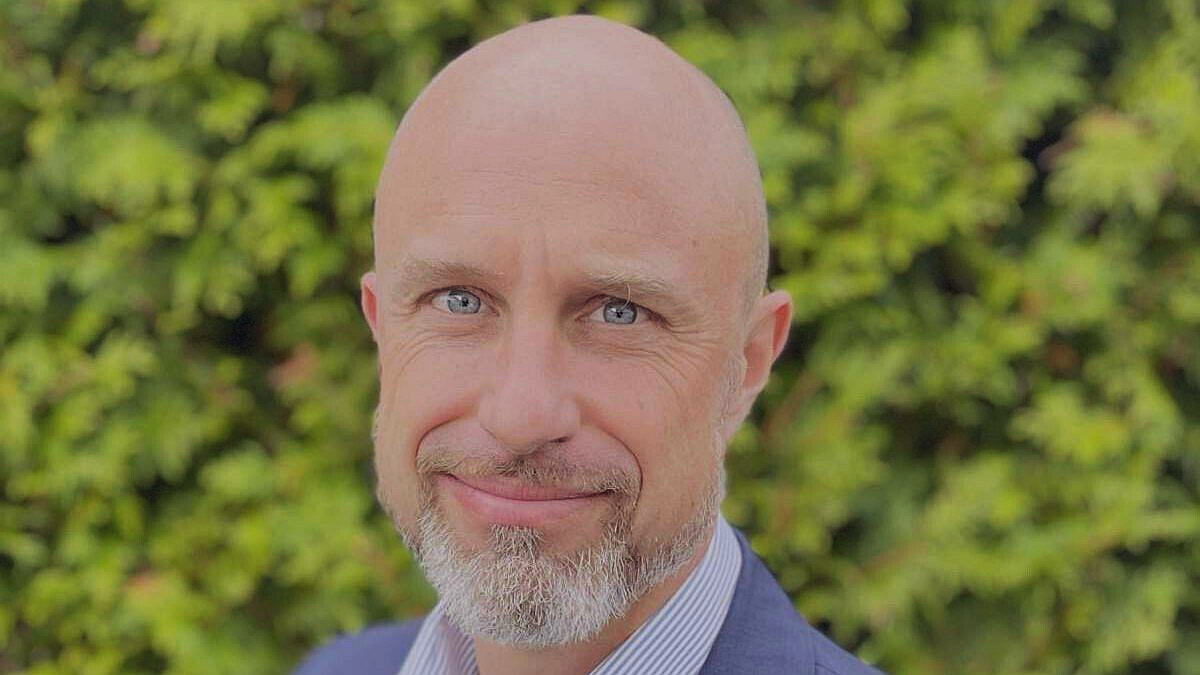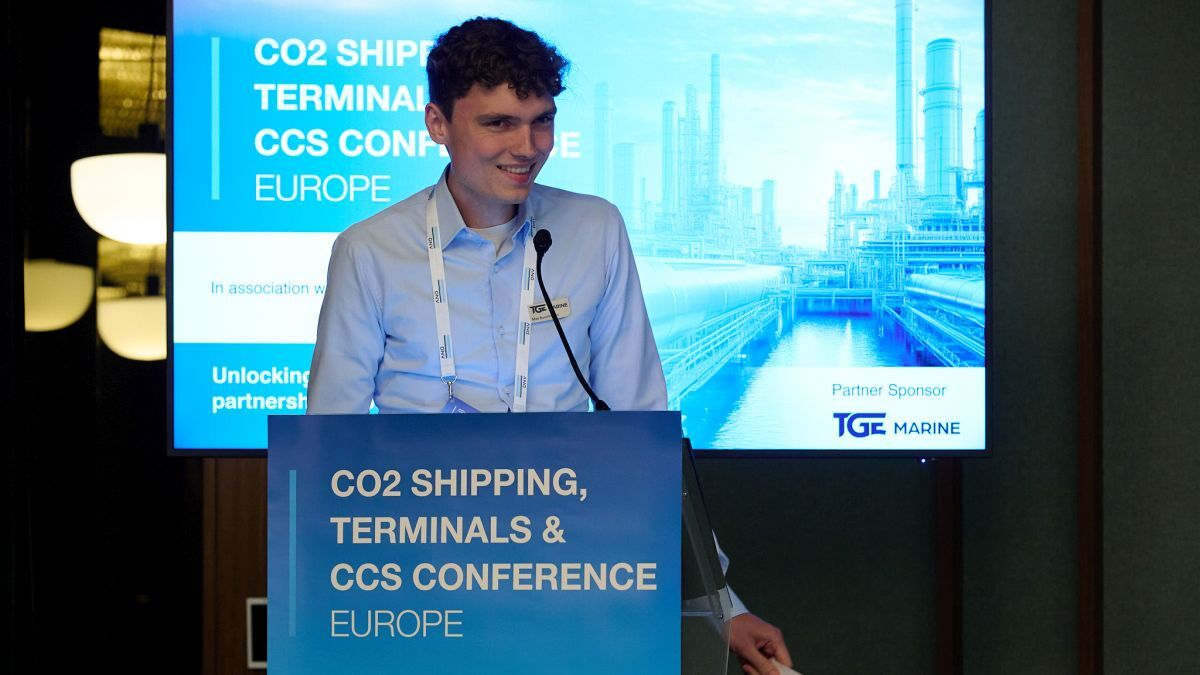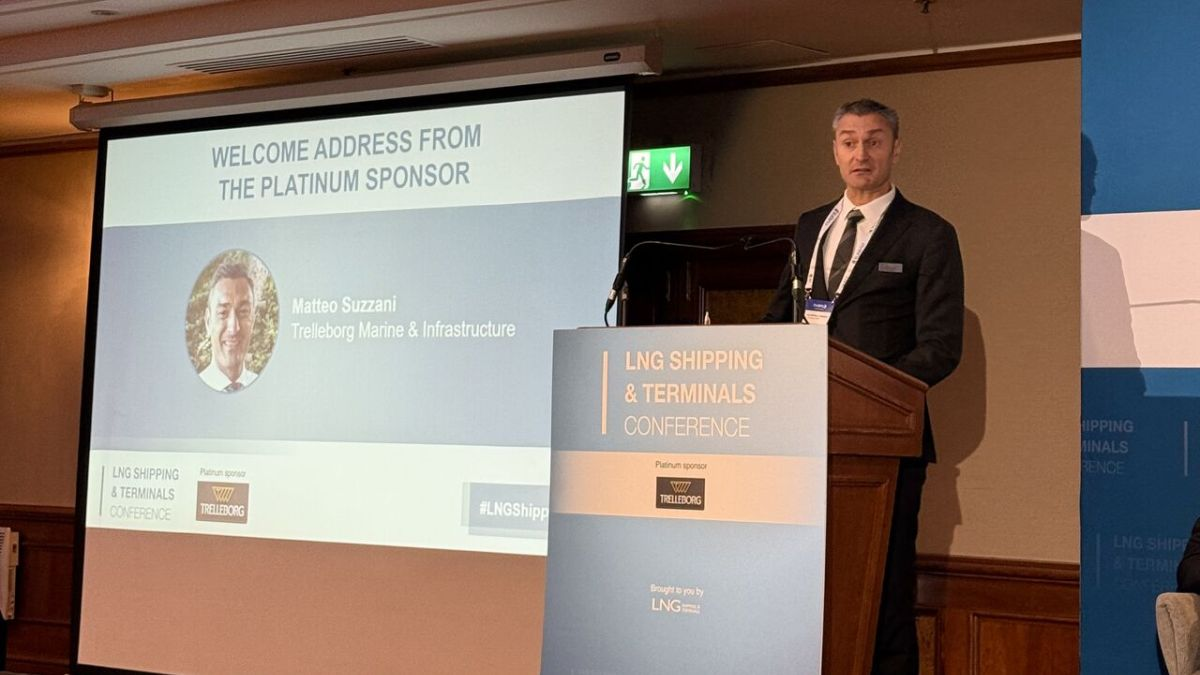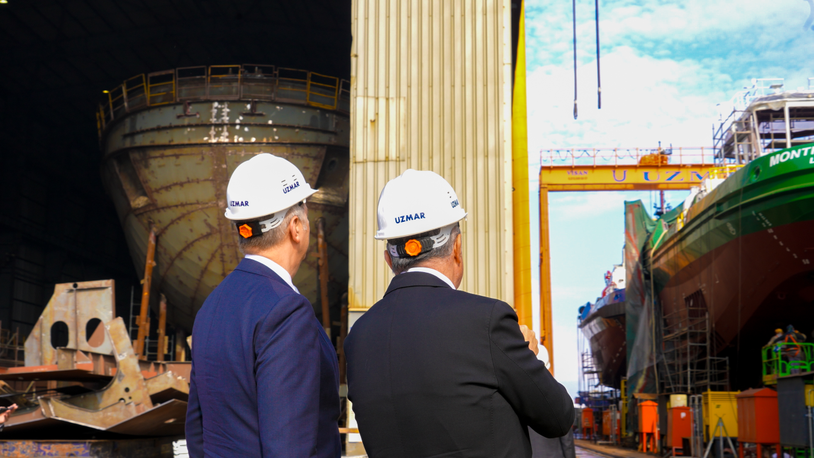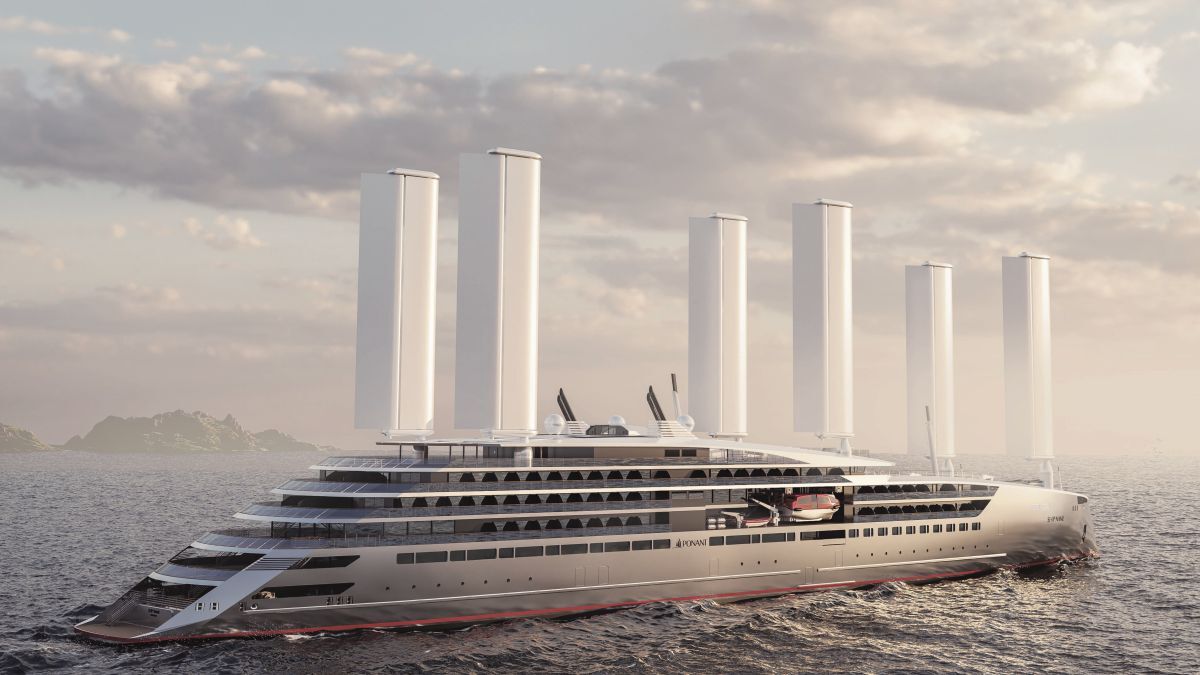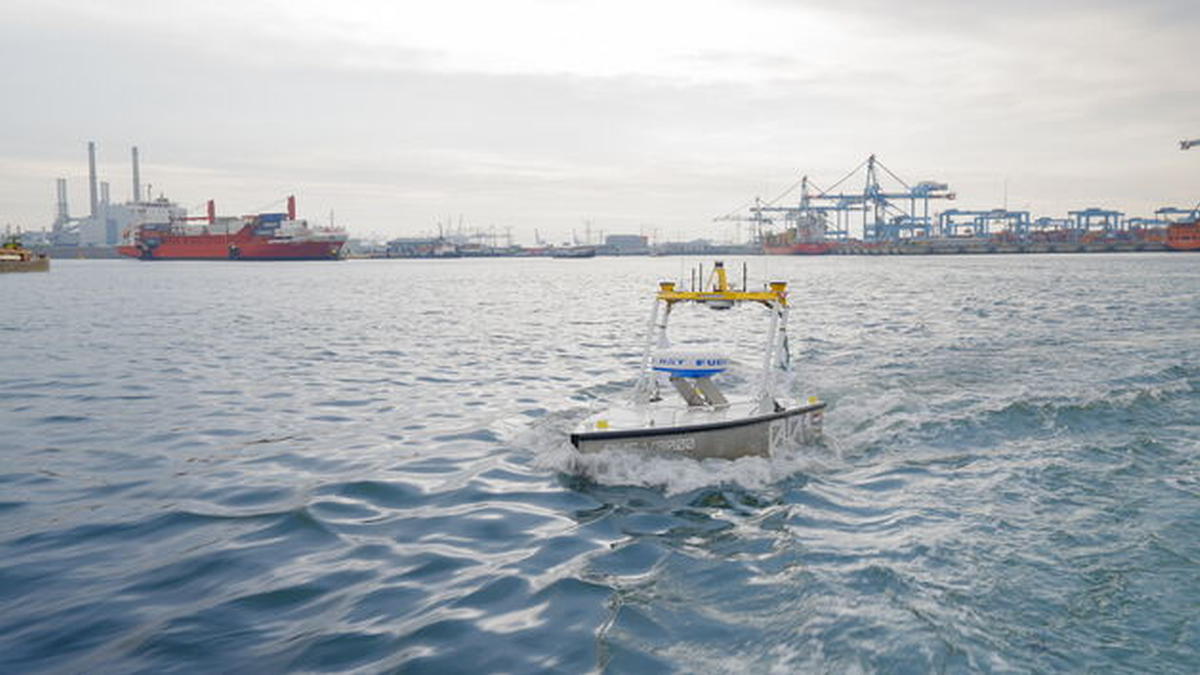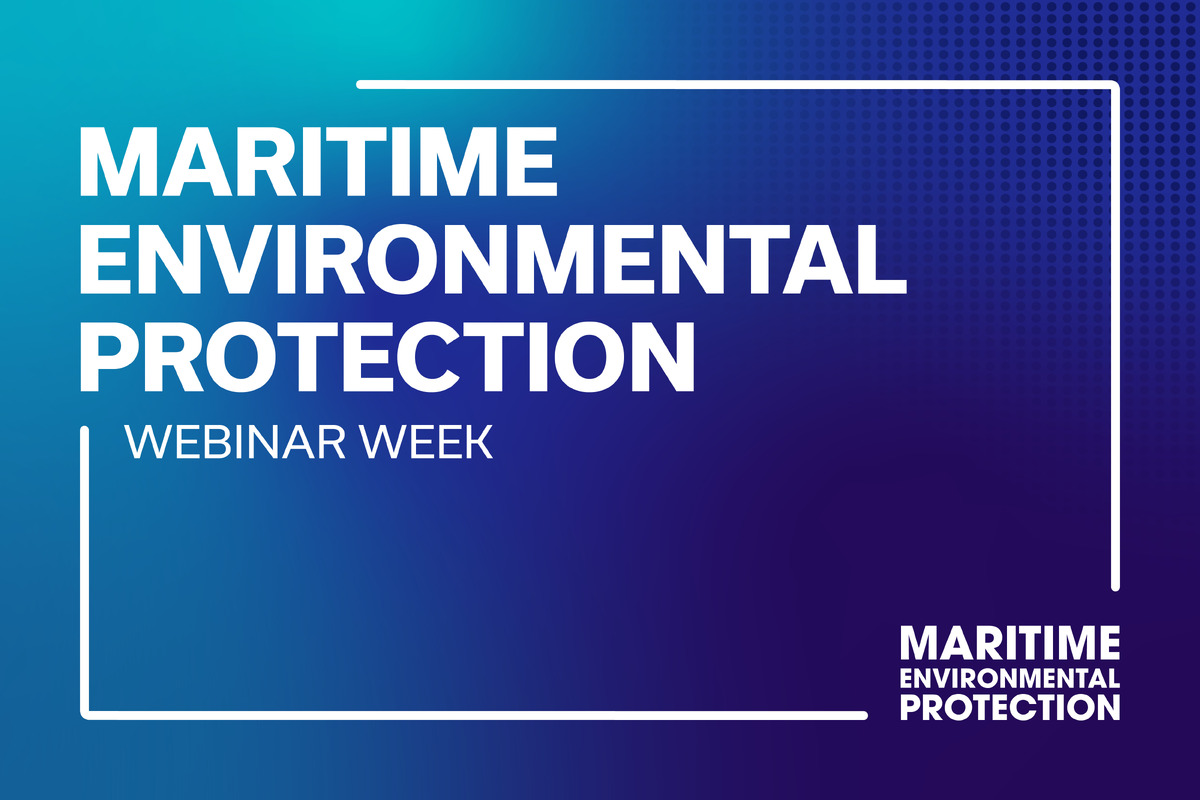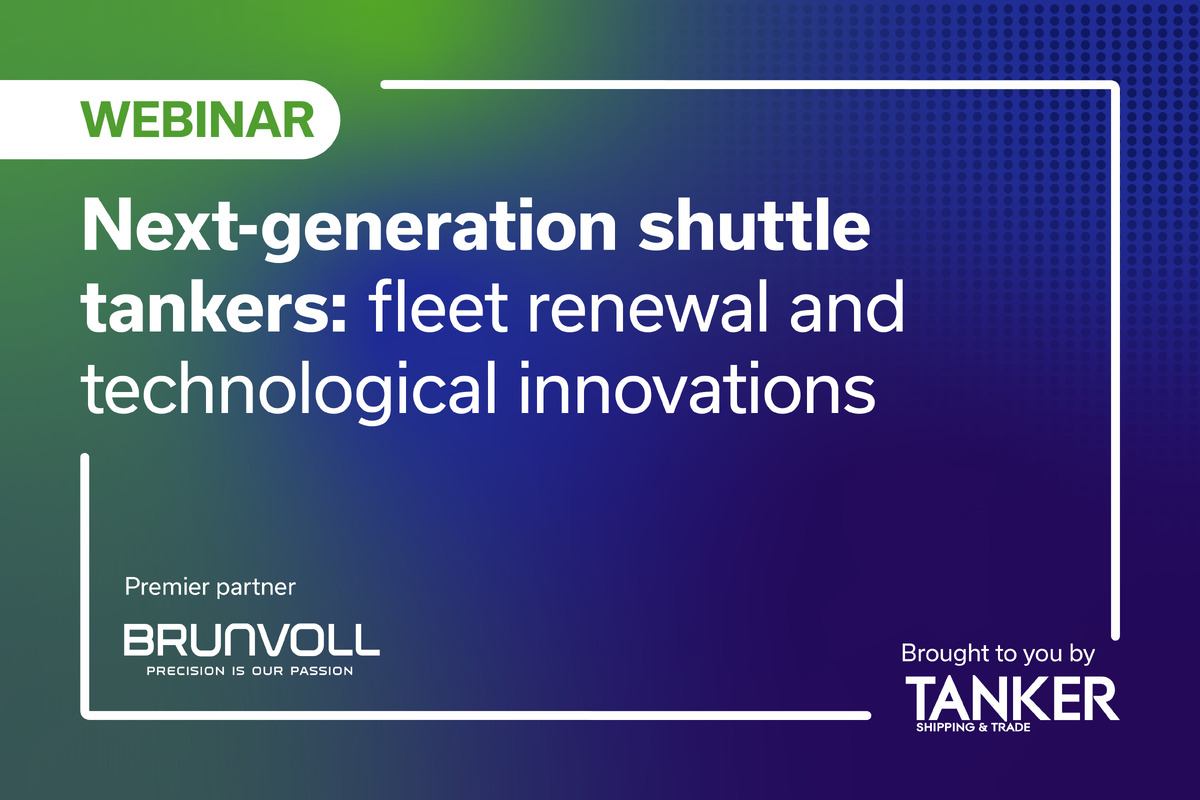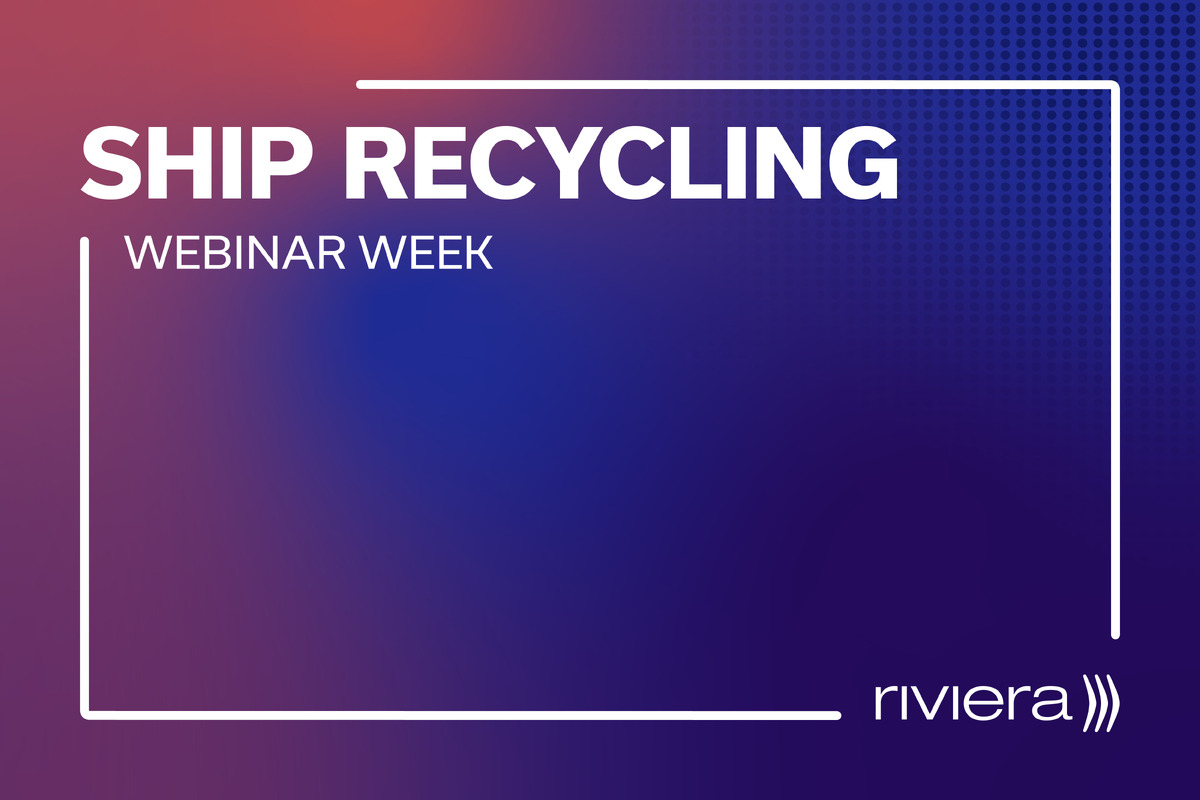Business Sectors
Events
Marine Coatings Webinar Week
Contents
Register to read more articles.
Hydrogen could be the long-term solution for harbour tugs
Propulsion on tugboats and workboats is all about getting power to thrusters and propellers in the most fuel-efficient, reliable way, while generating maximum bollard pull when required
Now, owners must also consider how to reduce pollution in harbours and will soon need to adhere to environmental regulations to cut greenhouse gas (GHG) emissions. Sector emphasis is on cutting NOx and particulate matter, the main pollutants impacting population and workers around harbours, from engine exhaust, while regulators focus on lowering GHG emissions and carbon intensity on merchant ships.
However, within this decade, these regulations will be directed towards ports and harbour vessels, forcing owners to act.
The conundrum for owners will be how to get the power without the emissions, and the planning, designing and engineering of future tugs needs to start now.
Potential solutions were debated at Riviera’s TUGTECHNOLOGY ’25 conference, with technical papers focused on methanol engines either backed up by onboard batteries, or supporting hybrid propulsion.
While energy storage systems provide zero-emissions towage in ports, they lack flexibility and operational range, and owners cannot use them in harbours where there is no charging infrastructure.
Tug owners are calling on ports to invest in charging stations and refuelling solutions, and for shipowners to pay more for towage services, to facilitate investment in low-emissions newbuilds.
One owner is determined to go much further and remove carbon from fuel entirely by backing compressed hydrogen as a long-term future solution.
In an exclusive interview, CMB.TECH chief technology officer Roy Campe explains how the Belgian shipping group is working with a shipbuilder and classification society to develop harbour tugs fuelled by hydrogen for zero-emissions towage.
It wants to build fleets of tugs with hydrogen dual-fuel engines, which makes environmental, commercial and operational sense. It has growing experience from other sectors such as crew transfer and passenger vessels; the world’s first hydrogen tug, Hydrotug 1; and solutions for its first fleet, including advanced hydrogen storage and safety. CMB.TECH wants to revolutionise port operations with hydrogen-fuelled tugs and is almost ready to invest.
While tugs rely on internal combustion engines now, there is another way to generate electrical power from hydrogen – in fuel cells. These are becoming an operational and commercial reality for workboats, with the first providing power on support vessels in northern Europe offering a chance to demonstrate the technology’s potential.
Hydrogen holds the energy needed for harbour tugs, can be used alongside batteries, combusted in dual-fuel engines and eventually fuel cells.
The key to opening these opportunities will be collaboration between owners, ports and clients, along with naval architects and shipbuilders. All need to be involved in developing fleets of hydrogen-fuelled tugboats and workboats to cut port pollution and GHG emissions in the future – and to overcome the conundrum the industry faces.
Hydrogen and energy storage solutions will be presented at Riviera’s Maritime Hybrid, Electric & Hydrogen Fuel Cells Conference & Exhibition, which returns to Bergen on 14-16 October 2025.
Riviera’s Maritime Hybrid, Electric & Hydrogen Fuel Cells Conference & Exhibition returns to Bergen on 14-16 October 2025. Use this link to get more information and tickets to this international event. We’re now accepting abstract submissions for papers. Please submit your ideas to Sue Woolley at sue.woolley@rivieramm.com. For any enquiries about this event, please contact Indrit Kruja or Rob Gore.
Related to this Story
Events
Marine Coatings Webinar Week
Maritime Environmental Protection Webinar Week
Ship Recycling Webinar Week
© 2024 Riviera Maritime Media Ltd.

